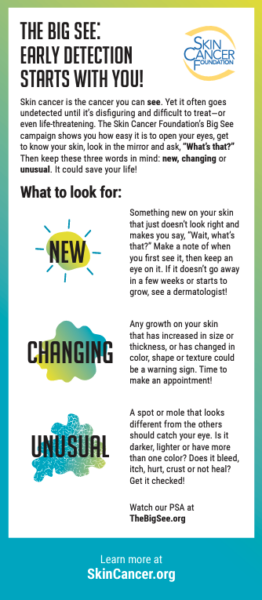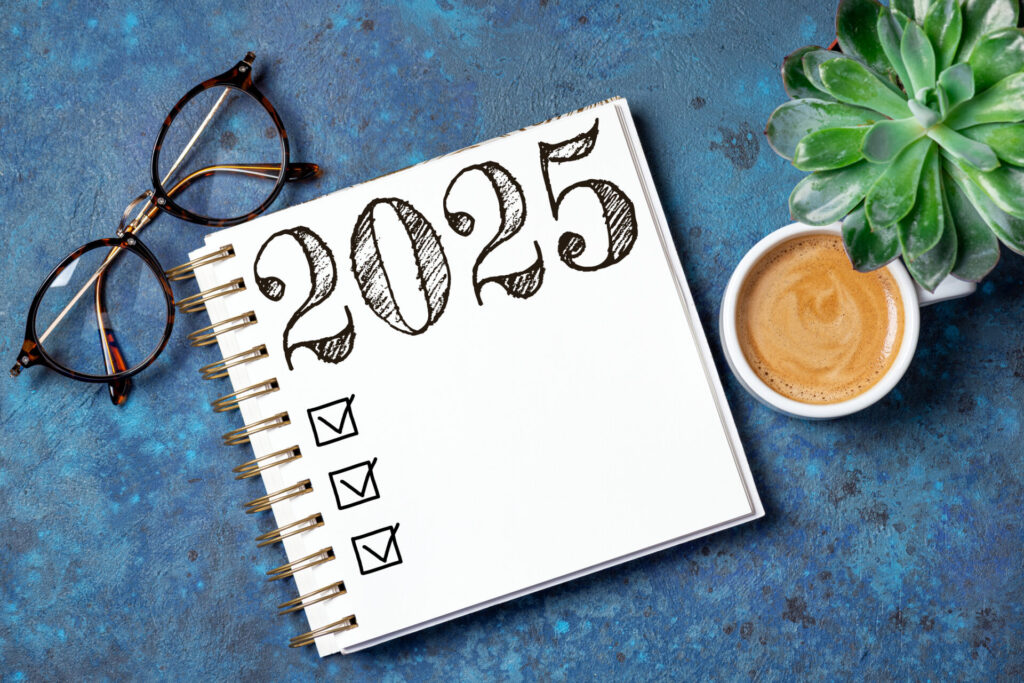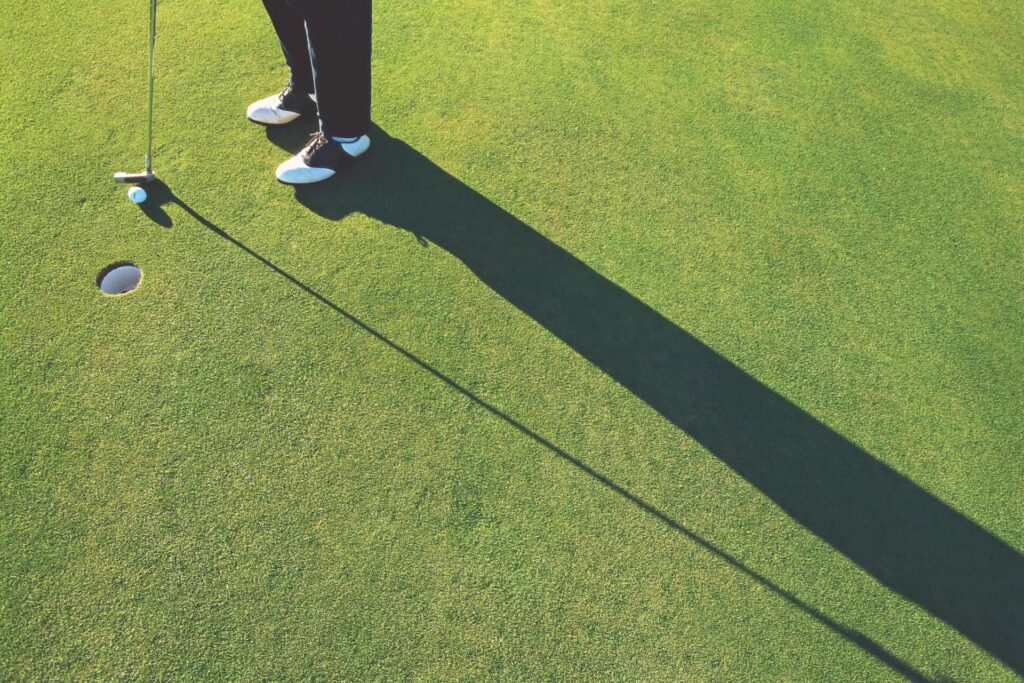Self-Exams Save Lives
How to Do a Skin Check
When caught and treated early, skin cancers are highly curable. And in the early stages of skin cancer development, you’re the one with the best chance to see changes. Self-exams are a simple way to look at yourself with a new focus that can save your life.
That’s why we recommend that you check your skin head-to-toe once a month. If you’re unsure of how to do a skin check, or what to look for, see below for easy instructions.
What to look for

Because skin cancers appear in many shapes and sizes, it’s important to know the warning signs associated with basal cell carcinoma (BCC), squamous cell carcinoma (SCC), melanoma, Merkel cell carcinoma (MCC) and other rare skin cancers, and the precancer actinic keratosis (AK).
If you see something NEW, CHANGING or UNUSUAL, get checked by a dermatologist right away. It could be skin cancer. This includes:
- A growth that increases in size and appears pearly, transparent, tan, brown, black, or multicolored.
- A mole, birthmark or brown spot that increases in size, thickness, changes color or texture, or is bigger than a pencil eraser. Learn the ABCDEs of melanoma.
- A spot or sore that continues to itch, hurt, crust, scab or bleed.
- An open sore that does not heal within three weeks.
Learn more about early detection at TheBigSee.org.
What you'll need
A thorough self-exam requires the following simple supplies: a bright light, a full-length mirror, a hand mirror, two chairs or stools and a blow-dryer. Be sure to document your findings by writing them down, or use your phone to take pictures.

Intended only for personal use. Do not copy or distribute. To purchase the brochure, visit store.SkinCancer.org.
Download The Big See Self-Exam Card
The Skin Cancer Foundation recommends that you do a head-to-toe self-examination of your skin every month and see a dermatologist at least once a year for a full-body skin exam. Remember, skin cancer is highly curable if caught early enough. So, what are you waiting for? Download the card and check your skin!
How to perform a self-exam

1. Examine your face
Especially your nose, lips, mouth and ears — front and back. Use one or both mirrors to get a clear view.

2. Inspect your scalp
Thoroughly inspect your scalp, using a blow-dryer and mirror to expose each section to view. Get a friend or family member to help, if you can.

3. Check your hands
Palms and backs, between the fingers and under the fingernails. Continue up the wrists to examine both the front and back of your forearms.

4. Scan your arms
Standing in front of the full-length mirror, begin at the elbows and scan all sides of your upper arms. Don’t forget the underarms.

5. Inspect your torso
Next, focus on the neck, chest and torso. Lift the breasts to view the undersides.

6. Scan your upper back
With your back to the full-length mirror, use the hand mirror to inspect the back of your neck, shoulders, upper back and any part of the back of your upper arms you could not view in step 4.

7. Scan your lower back
Still using both mirrors, scan your lower back, buttocks and backs of both legs.

8. Inspect your legs
Sit down; prop each leg in turn on the other stool or chair. Use the hand mirror to examine the genitals. Check the front and sides of both legs, thigh to shin. Then, finish with ankles and feet, including soles, toes and nails (without polish).



